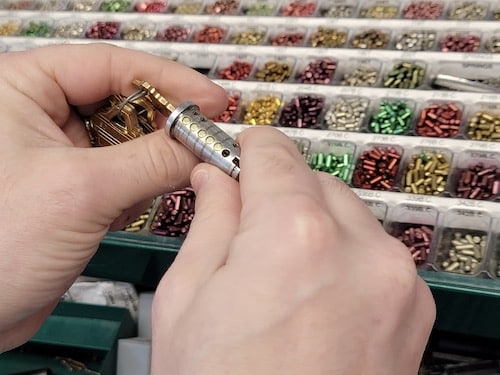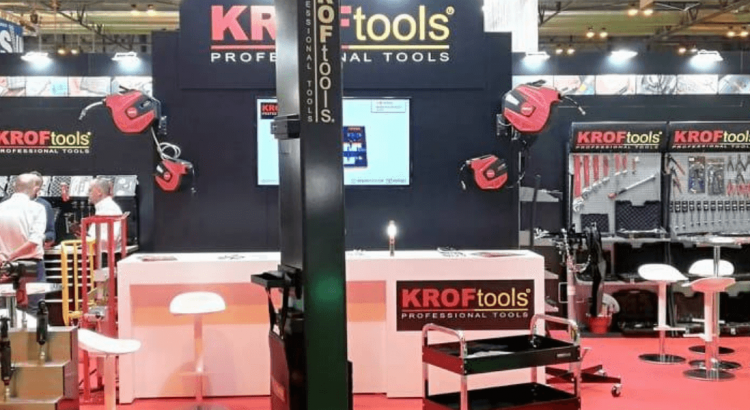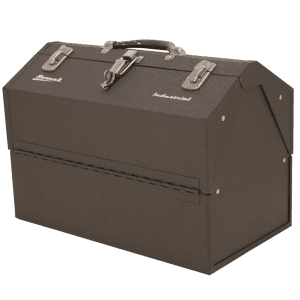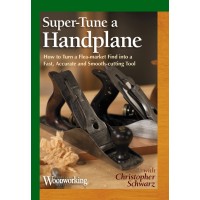Bloodlust & Superstition –
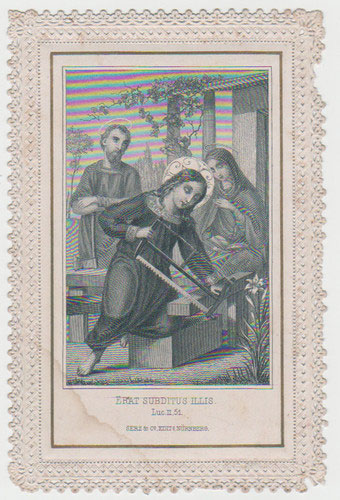 The late Frank David at Midwest Woodworking in Norwood, Ohio, was quite particular about who could use the machines in his shop. It took several visits before Frank would let me operate his massive radial-arm saw, jointer and planer.
The late Frank David at Midwest Woodworking in Norwood, Ohio, was quite particular about who could use the machines in his shop. It took several visits before Frank would let me operate his massive radial-arm saw, jointer and planer.
To say he was deeply concerned about my safety isn’t quite right. It was more accurate to say that he didn’t want to get my blood on his machinery.
“Once a machine gets a taste of blood, it’s useless,” he’d say. “I have to get rid of it.”
During Frank’s long life as a woodworker and employer, he observed that certain machines were cursed. Once they were involved in an accident, more accidents would follow on that machine.
A scientific mind could formulate several theories as to why this might be true:
1. The machine was inherently unsafe. Accidents were bound to happen over and over on a machine with an ill-fitted guard or a poor design for a cutterhead.
2. After an accident, workers would be psychologically affected when using a machine that had been involved in an accident. Their lack of confidence would lead to another accident.
3. Machines that were involved in an accident might become neglected. And that neglect could lead to a machine that was “bitey.”
4. Hemoglobin-loving fairies start growing in the dust-collection chute and offgas a neurotoxin that makes you think about giving a foot massage to Uma Thurman when you should be watching the cutterhead and fence.
To be honest, I think a little superstition and ritualistic behavior is a good thing in a woodworking shop. Think of baseball players who perform odd luck-inducing activities before going to bat (wearing a special piece of underwear, picking their noses in a special way). They repeat an activity exactly as they did once before (licking that lightswitch six times) so the result (home run!) is the same.
In the shop, I have many activities that I perform as ritual. The way I sharpen, chisel, fit dovetails and rip on a table saw are practically scripture. They might look odd – I always grip my honing guide with my left hand. My left thumb presses the plane iron in place as my right hand uses a screwdriver to tighten the guide’s screw. But the rituals remove as many variables as possible from an equation that has one incredible wild card: the wood itself.
Now if you will please excuse me, I have to do six jumping jacks while humming Prince’s “Batdance.” I have tenons to cut.
— Christopher Schwarz
